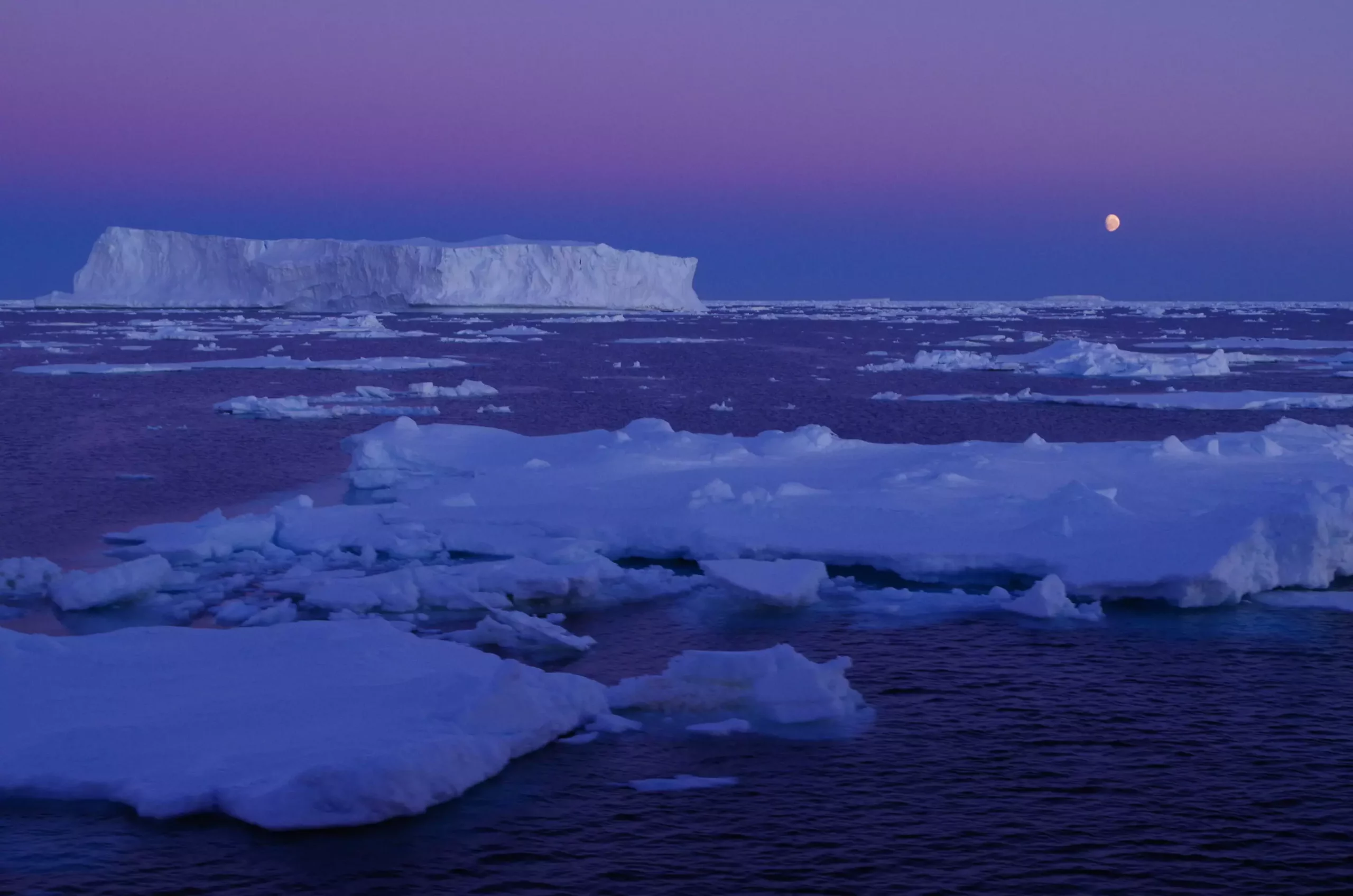The global ocean serves as one of the most significant heat reservoirs in the climate system, absorbing roughly 90% of the excess thermal energy generated from human-induced climate changes. Over the past century, research indicates that the ocean’s upper layers, specifically the first 500 meters, have experienced the most substantial warming. In contrast, the deeper ocean has demonstrated only a marginal increase in temperature, revealing an ocean heat storage efficiency of approximately 0.1. However, evidence from paleoceanographic studies illustrates a different scenario over extended timeframes, demonstrating that deep ocean warming can be as considerable, if not larger, than that at the surface. During the last deglaciation, this efficiency has been observed to spike up to ten times higher than current estimates.
The question of how the ocean manages to intake and store such significant amounts of heat, and the efficiency of these mechanisms, is crucial for understanding current and future climate scenarios. A recent collaborative study published in *Science Advances* by an international team comprising scientists from China and the U.S. has provided essential insights into this issue. By employing advanced deglacial simulations alongside proxy-based temperature reconstructions, the researchers delineated the complex three-dimensional changes in ocean temperatures during deglaciation. They discovered a notably higher ocean heat storage efficiency—greater than or equal to 1—resulting from intense warming in intermediate depths.
Dr. Chenyu Zhu, co-first author of the study from the Institute of Atmospheric Sciences at the Chinese Academy of Sciences, emphasized that the warming effects observed during the last deglaciation displayed a strikingly non-uniform pattern. The most critical warming occurred at intermediate depths, a stark contrast to the uniform warming typically noted in present observations.
The study reveals that the pronounced warming of intermediate waters is fundamentally linked to surface warming at mid-to-subpolar latitudes. This connection is facilitated by processes such as ventilation, which are influenced by greenhouse gas emissions and ice sheet dynamics. Moreover, oceanic circulation changes due to meltwater contributions significantly enhance this warming.
Prof. Zhengyu Liu from The Ohio State University, a corresponding author of the study, highlighted the importance of this unique warming structure, which allows for heightened ocean heat storage efficiency. He noted that this study addresses previously held paradoxes in the understanding of deep-water warming locations, which were traditionally thought to be limited to areas still covered by sea ice.
The findings of this study carry valuable implications for future climate modeling. Prof. Peter U. Clark of Oregon State University pointed out that if the conditions of strong surface warming coincide with robust ventilation, as illustrated by their simulations, the ocean’s capacity to absorb heat from the atmosphere may increase. This could potentially attenuate rates of atmospheric warming, providing a flicker of hope in mitigating climate impacts.
The exploration of ocean heat uptake and storage is a vital component in understanding global climate dynamics. As research advances, the complexities of ocean warming patterns reveal themselves, challenging existing paradigms and enhancing our comprehension of the urgent climate crisis at hand.

